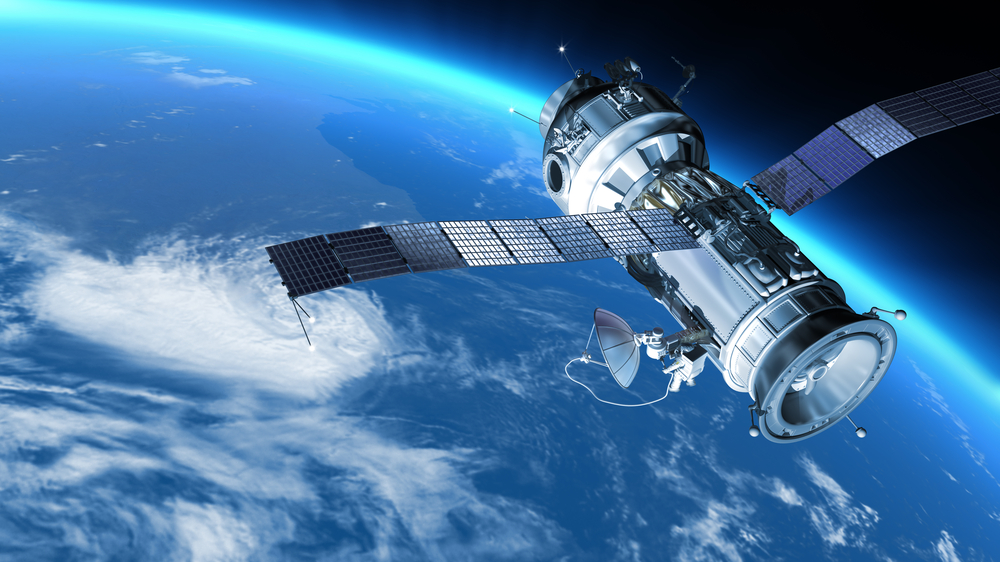The satellite was decommissioned in 2020 but remained in orbit.
Others are reading now
Space debris has become a growing challenge for modern technology, and a new incident underscores its urgency.
A decommissioned U.S. military satellite, the DMSP-5D2 F14, recently broke apart in Earth’s orbit, scattering over 50 pieces of debris.
Both the United States Space Force (USSF) and private organizations, including LeoLabs and Slingshot Aerospace, tracked the event, which adds to the rising concern about the hazards of orbital clutter, according to WP.
Also read
Satellite Decommissioned in 2020
The DMSP-5D2 F14 was part of the Defense Meteorological Satellite Program (DMSP), a classified initiative launched in the 1960s to provide critical weather data for U.S. military operations.
These satellites operated in sun-synchronous orbits, offering consistent coverage of regions vital to defense planning.
Initially designed for military use, data from DMSP satellites was shared with research institutions starting in 1972.
By the 1990s, NOAA (National Oceanic and Atmospheric Administration) assumed control of the constellation, integrating it into broader meteorological research.
Launched in 1997, the DMSP-5D2 F14 provided valuable data during its operational life.
The satellite was decommissioned in 2020 but remained in orbit. Its breakup in December, described by LeoLabs as a “low-velocity fragmentation,” was unplanned.
Experts believe the incident resulted in debris due to the satellite’s age and long-term exposure to harsh space conditions.
This fragmentation raises significant concerns about the proliferation of space debris. Each piece of debris, even at low velocity, poses a collision risk to operational satellites and other orbital assets.
As the density of space traffic increases, so does the potential for chain-reaction collisions, a phenomenon known as the Kessler Syndrome.
The U.S. Congress had already ordered the phasing out of the DMSP program in 2015, replacing it with more advanced technologies.
However, incidents like this show the importance of managing retired satellites. Measures such as controlled deorbiting and stricter end-of-life protocols are essential to mitigate the risks posed by inactive satellites.


